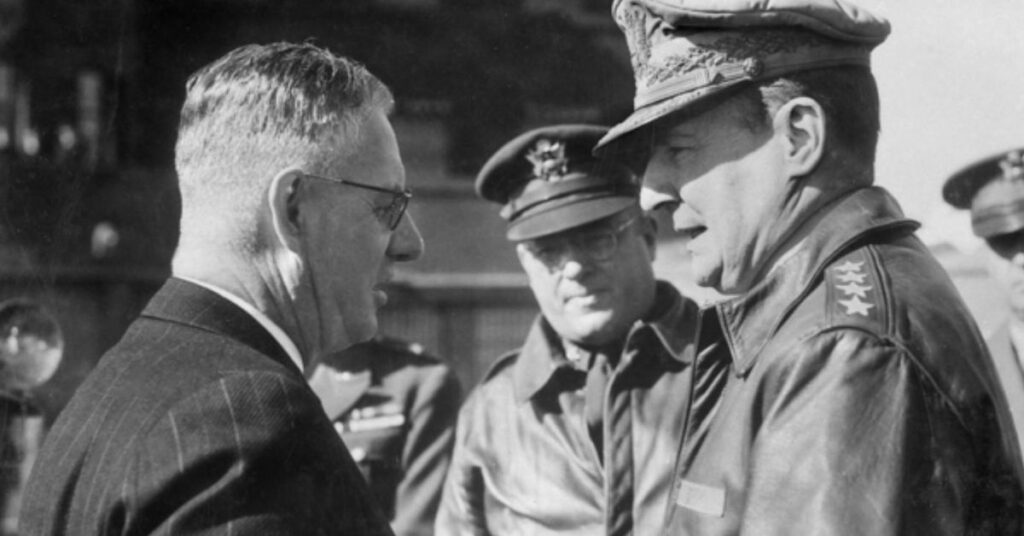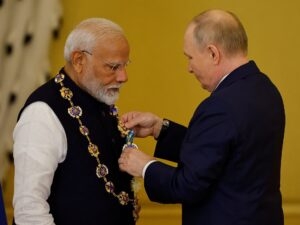
On October 7, 1941, as World War II cast a shadow over Australia, the nation turned to an unexpected figure for leadership. John Curtin, a former left-wing activist with limited military experience and often in poor health, assumed the role of Australia’s 14th prime minister. His appointment came at a critical juncture, as the Allies faced mounting challenges in the Pacific theater.
Just months into Curtin’s tenure, the world was rocked by Japan’s attack on Pearl Harbor, which crippled the US Pacific Fleet. Simultaneously, Japanese forces launched a rapid invasion of Southeast Asia, capturing the British naval stronghold at Singapore, once deemed impregnable. As Australian troops fought valiantly, the threat of Japanese invasion loomed larger each day.
Curtin’s Surprising Resolve
Leading a minority government, Curtin initially faced skepticism from both his party and political opponents, who doubted his ability to steer the nation through wartime. However, Curtin’s tenure, lasting three years and nine months, was marked by an unexpected determination that defied his critics.
Perhaps Curtin’s most significant achievement was forging a military alliance with the United States, a move that shifted Australia’s strategic focus from Britain to the emerging global power. In a landmark radio address, Curtin declared that Australia would look to the US for support, a bold departure from the traditional reliance on Britain, often referred to as the “mother country.”
“Without any inhibitions of any kind, I make it quite clear that Australia looks to America, free of any pangs as to our traditional links or kinship with the United Kingdom.” – John Curtin
Forging Alliances and Defying Expectations
Curtin’s leadership was further defined by his collaboration with US General Douglas MacArthur, a charismatic and conservative figure. Despite their differences, Curtin persuaded MacArthur to become the supreme allied commander, with Australian forces under his command. This partnership proved crucial in the Pacific campaign.
Determined to prioritize Australian interests, Curtin made bold decisions that sometimes put him at odds with Allied leaders. He famously clashed with British Prime Minister Winston Churchill, refusing to send Australian troops to Burma in a futile effort, instead opting to bring them home to defend the continent.
Political Triumph and Personal Sacrifice
In August 1943, Curtin led the Labor Party to a decisive electoral victory, solidifying his leadership. However, the relentless demands of wartime governance, coupled with taxing overseas trips to London and Washington, took a severe toll on his health.
After a prolonged illness, Curtin passed away on July 5, 1945, just six weeks before the Pacific war’s conclusion. His death marked the end of a pivotal chapter in Australian history, as the nation mourned a leader who had risen to the occasion during its darkest days.
Legacy and Historical Impact
Curtin’s leadership during World War II left an indelible mark on Australia’s national identity and its role on the global stage. His decision to pivot towards the United States laid the groundwork for a lasting alliance that continues to shape Australia’s foreign policy.
Historians often cite Curtin’s tenure as a turning point, highlighting his ability to navigate complex international dynamics while maintaining a steadfast commitment to national security. His legacy is remembered as one of resilience, strategic foresight, and an unwavering dedication to Australia’s sovereignty.
By the Numbers: Curtin’s Leadership
- Term as Prime Minister: 3 years, 9 months
- Key Alliances: United States, General Douglas MacArthur
- Major Conflicts: Pearl Harbor, Southeast Asia invasions
- Death: July 5, 1945, six weeks before WWII’s end in the Pacific
As Australia reflects on its wartime past, John Curtin’s story serves as a reminder of the power of leadership in times of crisis. His ability to unite a nation and forge critical alliances under dire circumstances remains a testament to his enduring influence.





